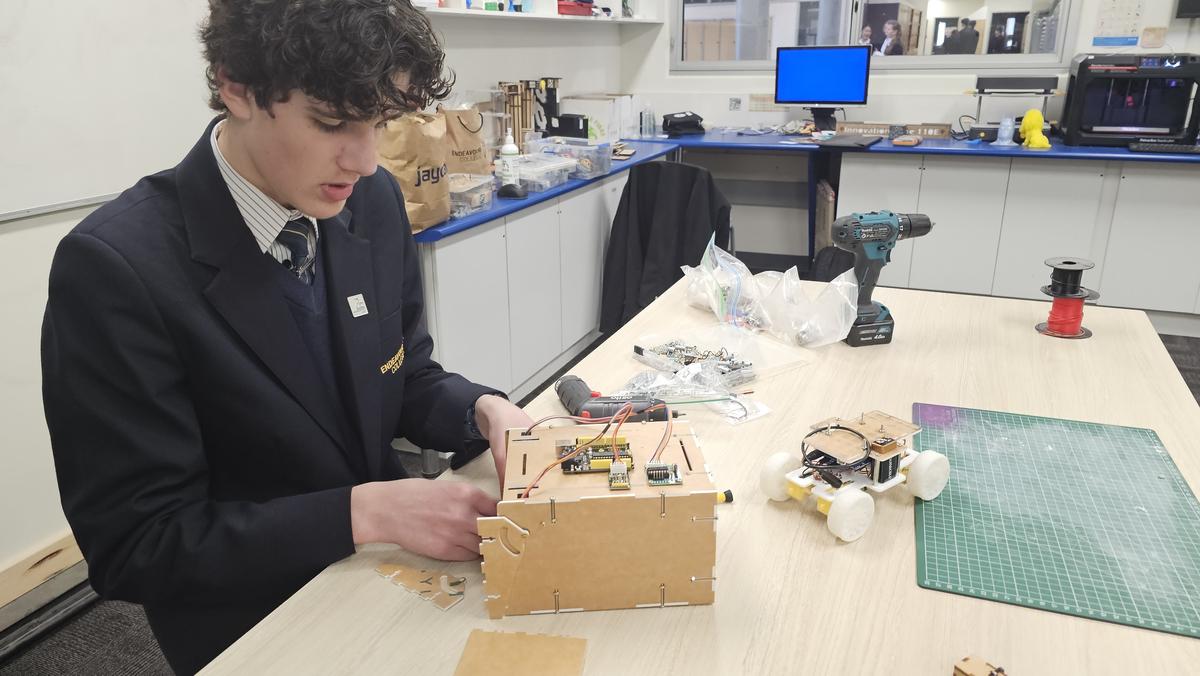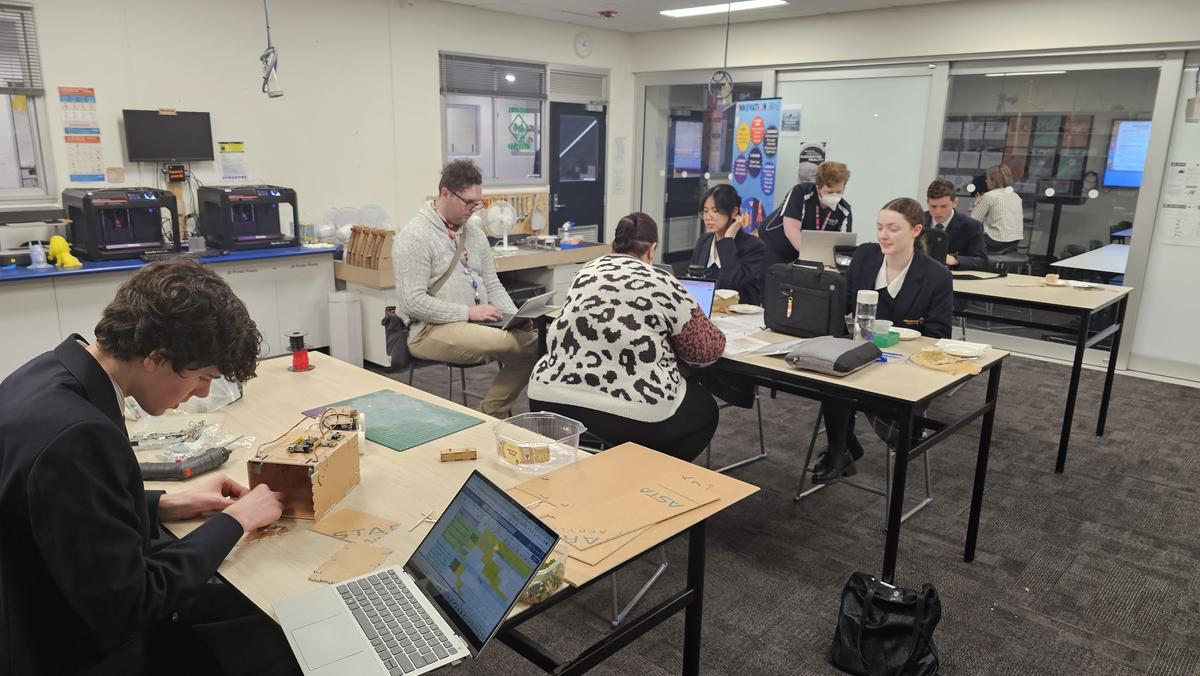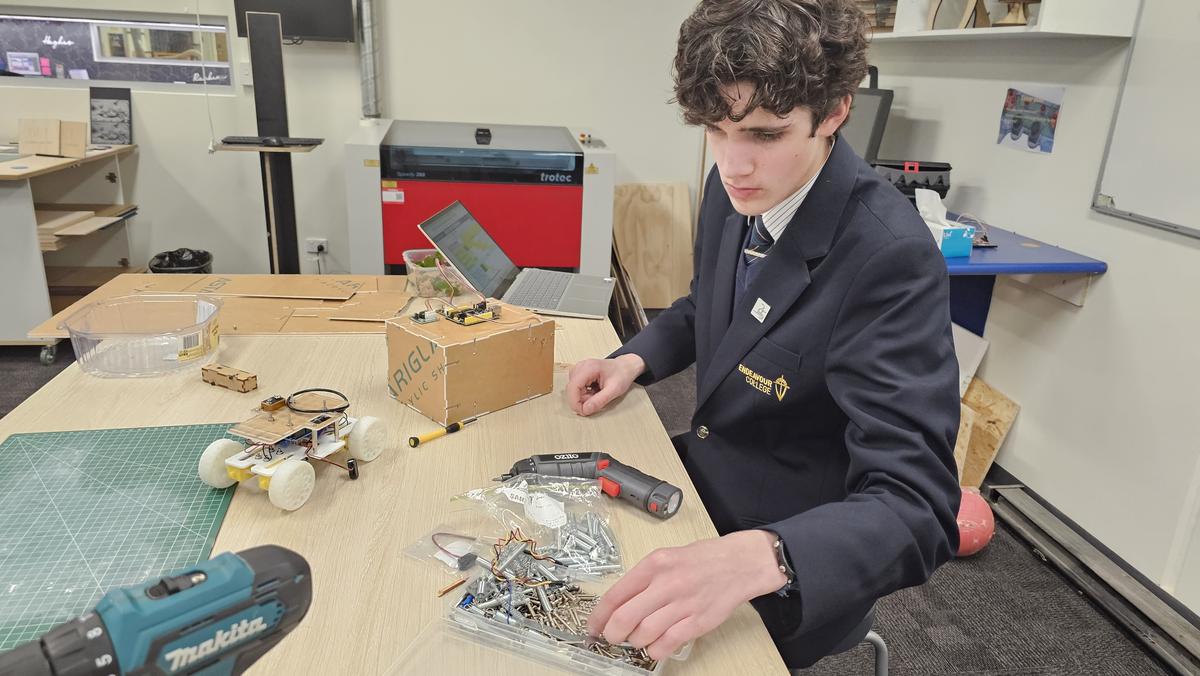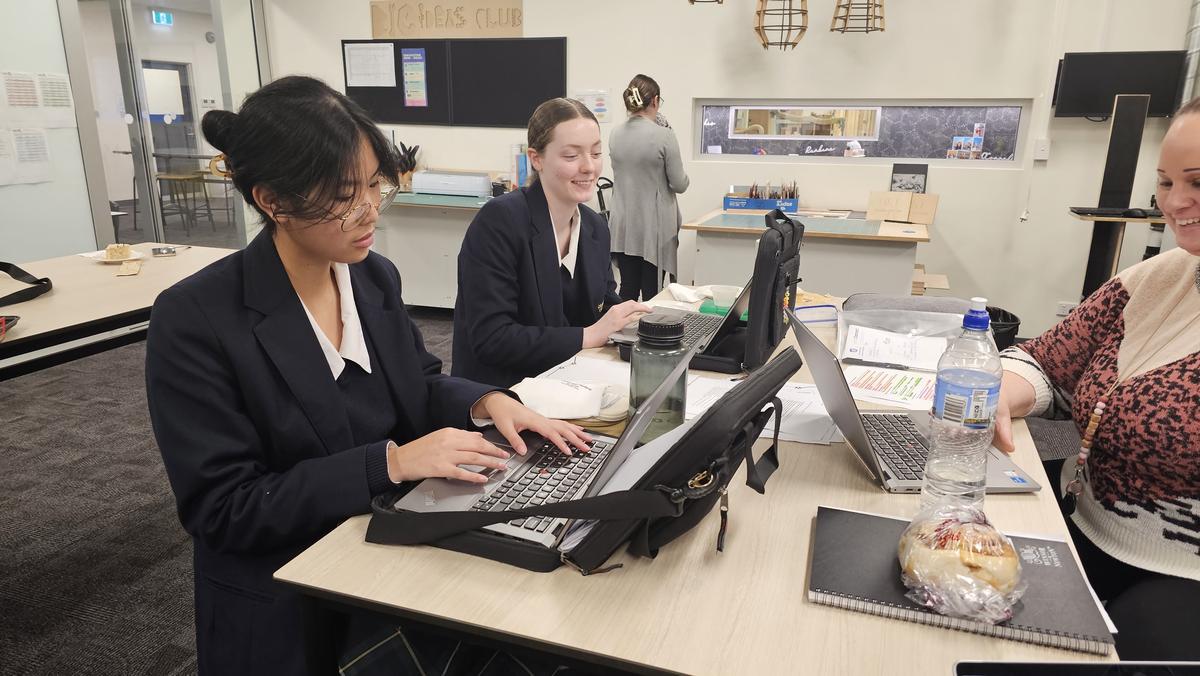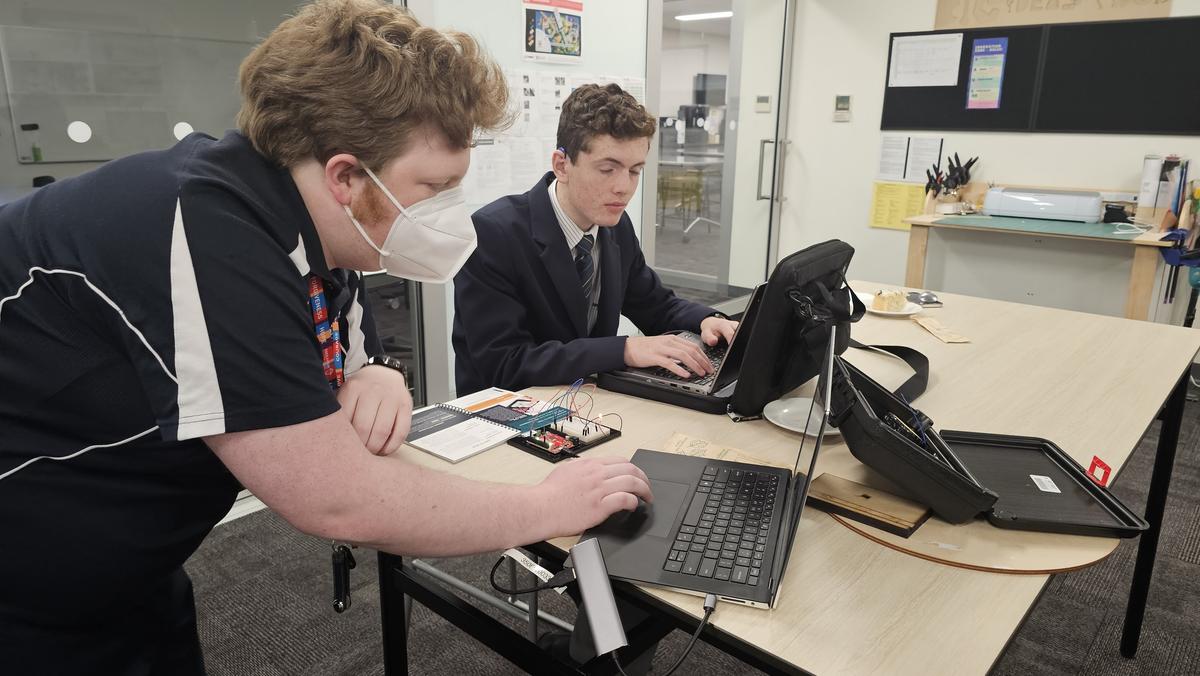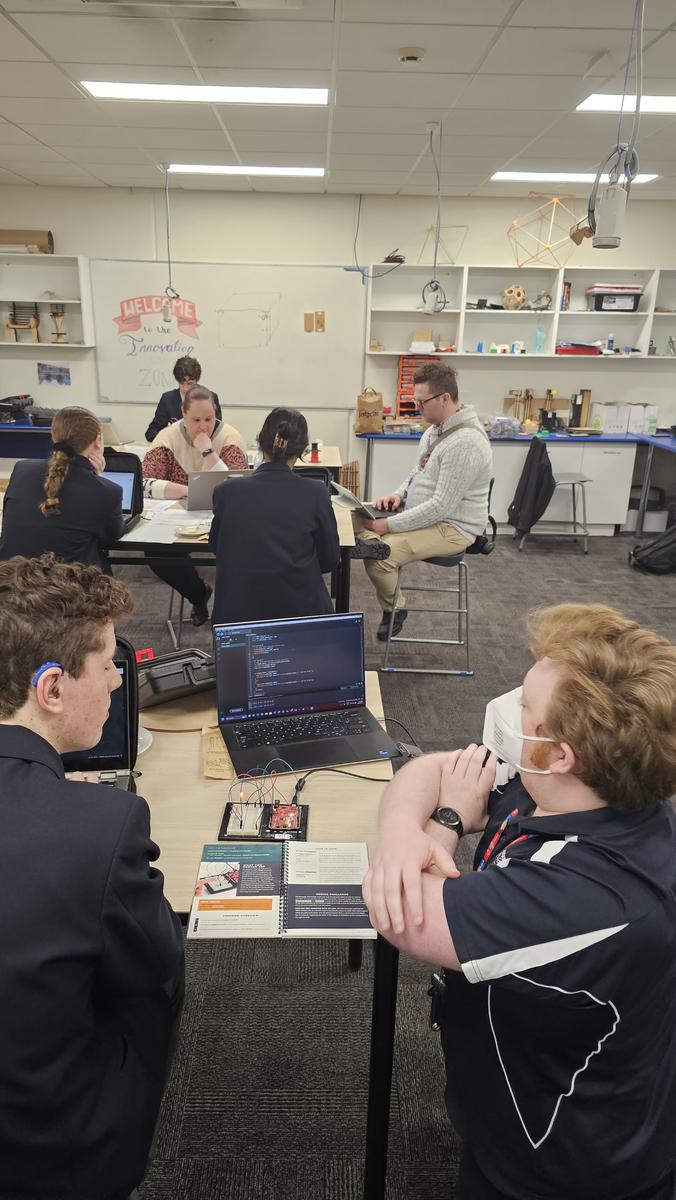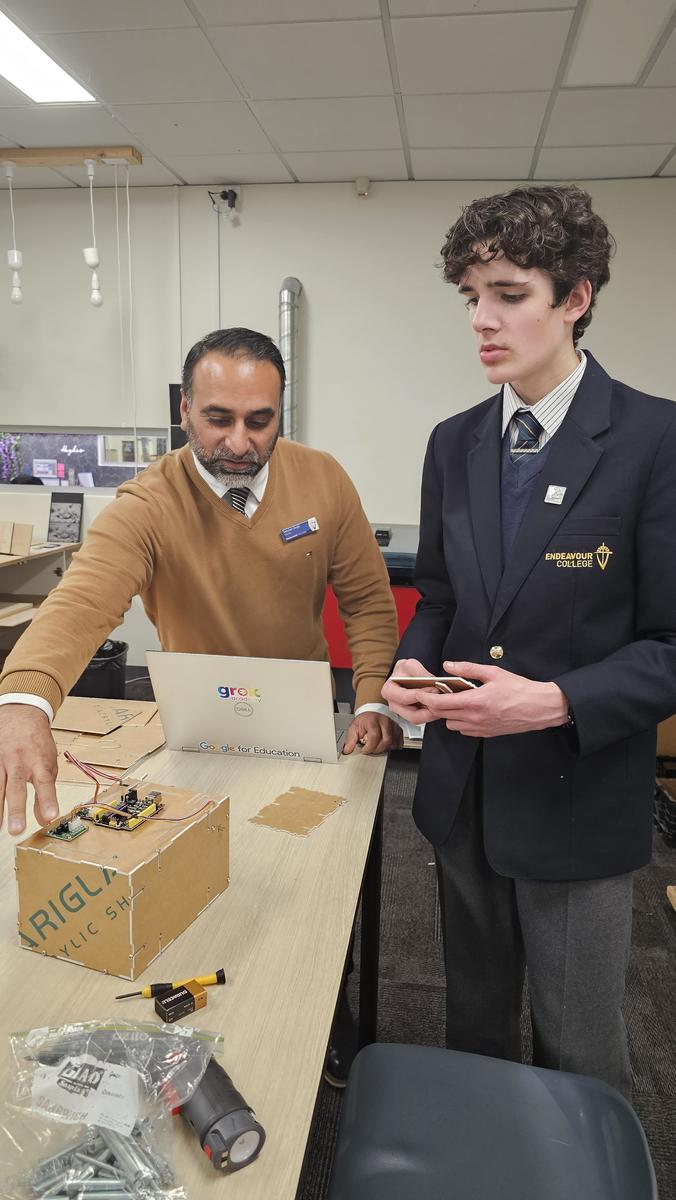Thomas Harding, Jacob Urlich, Rachel Sim, Kaitlin Houlahan, and Charvi Sanan are actively engaged in pushing the boundaries of innovation through the STEMIE (STEM Innovation Experience) initiative with UniSA. A shining example of this is their captivating mission to Mars, where students are collaborating on multifaceted projects to overcome the challenges of space travel. The heart of this regional challenge lies in the endeavour to conquer Mars, a planet that has captivated the human imagination for generations. The students' collaborative efforts have led to an extraordinary fusion of diverse skill sets to address a variety of challenges that arise in interplanetary exploration. The field of science has taken a pivotal role in investigating the impact of microgravity on physiological factors. In this context, students are delving into the intricate complexities of lung efficiency, recognising it as a vital factor for astronauts functioning in an environment so different from Earth's. This exploration has far-reaching implications not only for space travel but also for understanding lung health on our own planet. Meanwhile, Mathematics students are engaging in a dynamic food costing analysis. In the confined and resource-limited environment of a space mission, efficient use of resources becomes paramount. By meticulously calculating the cost and nutritional value of food, these students contribute to ensuring the physical well-being of astronauts during their long and arduous journey to Mars. Technology, the driving force behind space exploration, takes centre stage in the form of a rover prototype. Impressively, this project marks the creation of the 28th iteration of the rover, showcasing the iterative nature of innovation. The technology students have advanced from mere design to the sophisticated realm of coding the rover to operate autonomously on rugged Martian terrain. This is a testament to their determination and expertise in creating a robotic companion that can navigate the harsh Martian landscape with precision. Such ambitious undertakings are not possible without the unwavering dedication of educators and mentors. The project's success is indebted to the contributions of individuals like Ms Ackerley, Mr Hughes, Mr French, Mrs Hansen, and Mr Singh, who have passionately guided and supported the students throughout their transformative journey. The STEMIE initiative at UniSA exemplifies the potential of collaborative innovation in addressing complex challenges. This mission to Mars is not just about reaching another celestial body; it's about nurturing critical skills, fostering interdisciplinary collaboration, and igniting a passion for exploration and innovation among the students involved. In conclusion, the STEMIE initiative at UniSA stands as a shining example of how education can transcend traditional boundaries and venture into uncharted territories. As these students continue their voyage toward Mars, they remind us all that the pursuit of knowledge and innovation knows no limits.
Satchet Singh
Digital Technologies Learning Leader (https://newsletters.naavi.com/i/5DadojN/issue-2611/page/6)
